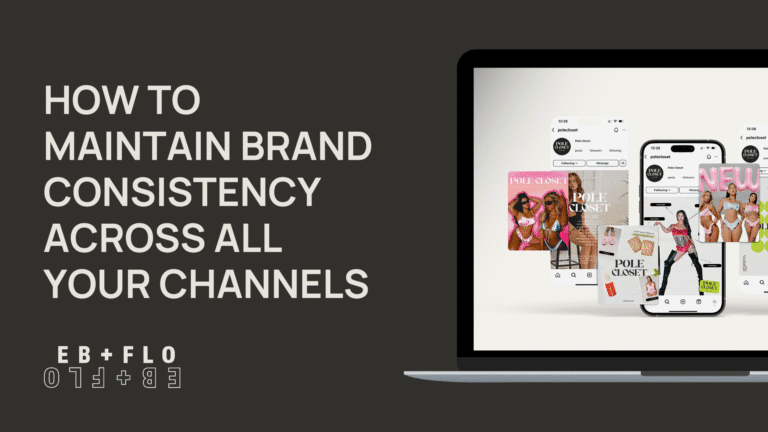Firstly, it should be illegal to have a website that doesn’t have an enquiry page.
This is crucial for engaging visitors that can later become clients. Unsurprisingly, the design of your enquiry page matters. The better the forms are designed, the more appealing they would be, hence increasing conversion rates.
Not sure how to make a killer enquiry form? We can help.
What should I include in my enquiry form?
Many believe that the optimum number of fields in a form is three (Pagewiz). However, this research is outdated. Formstack recently analysed data for more than 650,000 of their customers and discovered that forms with an average of 11 fields yield a conversion rate of 17%.
If you think about this, having 11 fields massively increases the amount of information you can receive from your potential clients. This is your chance to truly get to know them and gain a deeper understanding of who is interested in your business.
This will give you insight into your target audience and guide your marketing strategy.
Forms with an average of 11 fields yield a conversion rate of 17%.
The most important client data to capture are emails and/or phone numbers. You can also ask for social media handles, however, these could be deleted or changed. People tend to move between platforms nowadays or alter usernames, making social media information less reliable.
Examples of additional information you can include on your form is the customer’s budget, time frame, start date, where they are based, how they heard of you etc. You can add sales enquiry forms, ‘book a call’ option or newsletter subscription (for those who have one).
Don’t be afraid to get creative with this one!
How will data help me get customers?
The captured data will help you with lead generation (lead gen). As you probably know, this is the process of identifying and attracting potential customers to a business or organisation.
Once a potential customer is attracted to a business or organisation, the next step is to capture their contact information as we discussed above. Setting a good enquiry form on your website does all this for you.
After capturing a lead’s contact information, businesses may use email marketing, lead scoring or other techniques to nurture the lead and build a relationship over time. This involves sending targeted content and communications that address the lead’s needs and interests, with the goal of keeping them engaged and moving them closer to a purchase decision
The final stage of lead generation is converting the lead into a paying customer. This may involve a sales call, a demo, a free trial or other methods that persuade the lead to take the next step and make a purchase.
How do I access the data?
Usually, the data you capture will be stored in the back of a system and emailed to you. You can also add a customer data platform or use an old-fashioned lead form.
If you want to be really clever though, you can link this to your CRM or automated email system which organises the data and converts it into a lead gen sequence (this is a bit advanced, but it’s showing that the possibilities are endless).
Experience seamless digital solutions tailored to your needs. Whether it’s a stunning website, effective digital marketing, or compelling content, Eb + Flo Digital is your go-to agency. Reach out now and let’s craft your digital success story!




